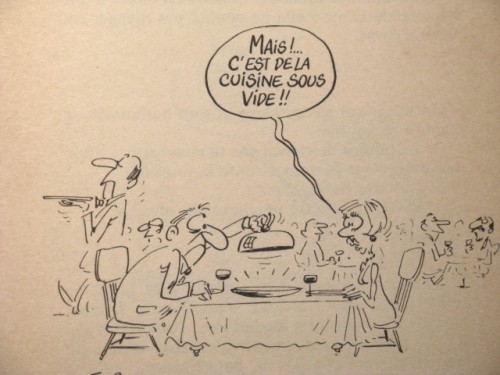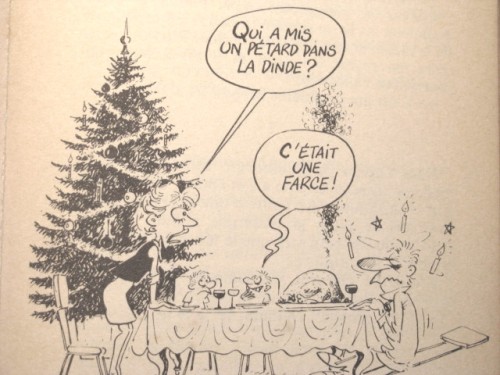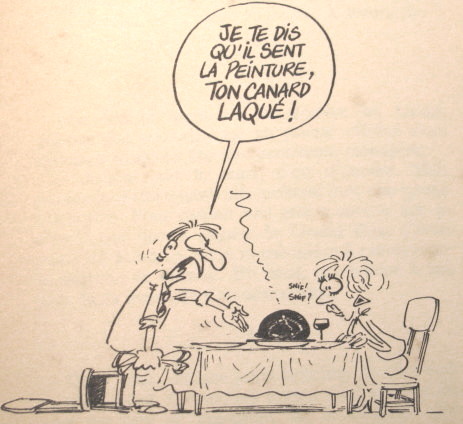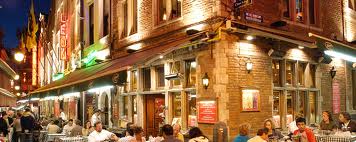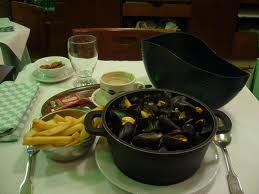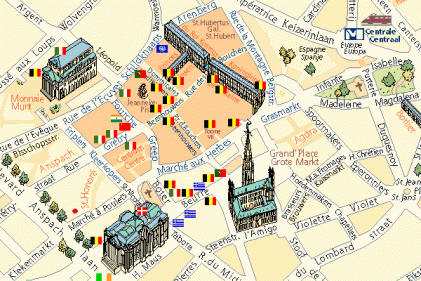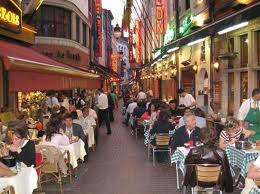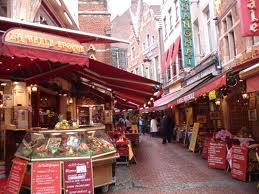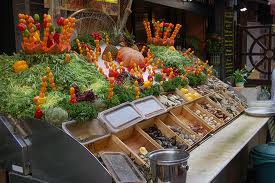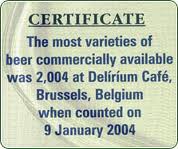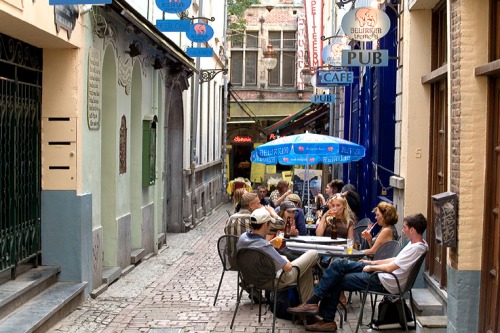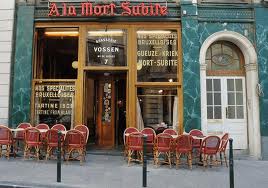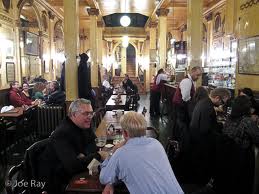Just while checking through my library, I stumbled upon an old French language marabout book [editor: Marabout; 1987 – Alleur / Belgique]. In it some humourous food drawings by Frapar, who I guess, was a local artist worldwide known in his own village.
Thomas Keller, a U.S. chef, explains that Sous Vide is a foolproof technique, involving cooking at precise temperatures below simmering, yielding results that other culinary methods cannot. However: literally it means “under emptiness” which I hope helps explaining the wordplay that makes up the joke.
Petard means fire-cracker. – Dinde means Turkey. –
Farce has a double meaning -> or stuffing, or joke. So they were “just joking” or “stuffing the turkey with a fire-cracker” is the wordplay in this cartoon. Always difficult to get the point translated I’m afraid, isn’t it?
An easy one: “I tell you it smells like paint, your lackered duck! Great line in a Chinese restaurant enjoying Peking Duck.
The boss of an eating place who identifies a inspector, the one who decides about the stars attributed… “How many stars do you see now, mister G&M ?” (Gault et Millau is a french institution commenting on the quality of restaurants.)
